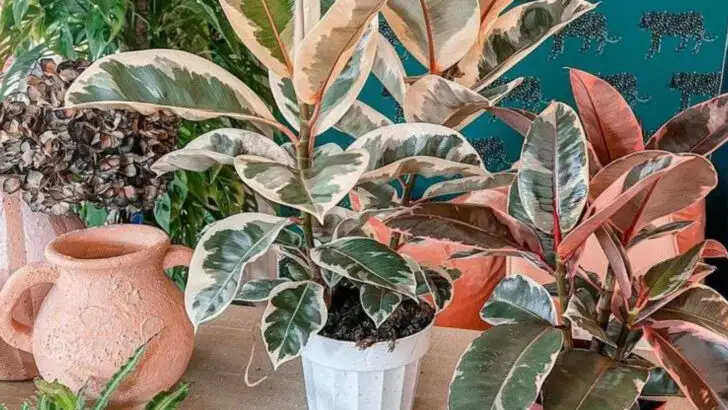Watering may seem like the most basic part of plant care—but for some plants, it’s where most things go wrong. At Plantisima, we know that watering mistakes are one of the fastest ways to send your beloved green friends into distress. And when it comes to certain species, even a well-meaning splash can do more harm than good.
In this article, we reveal 20 plants you should never water casually, without first understanding their specific needs. Some prefer their soil bone-dry, others need precise timing, and a few demand special watering techniques to avoid root rot, fungus, or even instant damage.
To our Plantisima readers who love their plants enough to want to do better—this guide is your watering wake-up call. Learn how to treat these sensitive species with the care and knowledge they deserve, and they’ll reward you with long-lasting beauty and health.
Fiddle Leaf Fig

With its dramatic, large leaves, the Fiddle Leaf Fig is a favorite among interior designers. However, it’s easy to overwater, which it cannot tolerate. Located in a spot with indirect sunlight, it thrives with consistent but moderate moisture.
Ensure the top inch of soil dries out before the next watering. This plant demands attention to its drainage needs, as standing water can lead to root rot. Owners often find themselves in a balancing act, as too little water can cause leaf drop.
Understanding its watering needs can keep the Fiddle Leaf vibrant and lush, gracing any room with its striking presence.
Aloe Vera
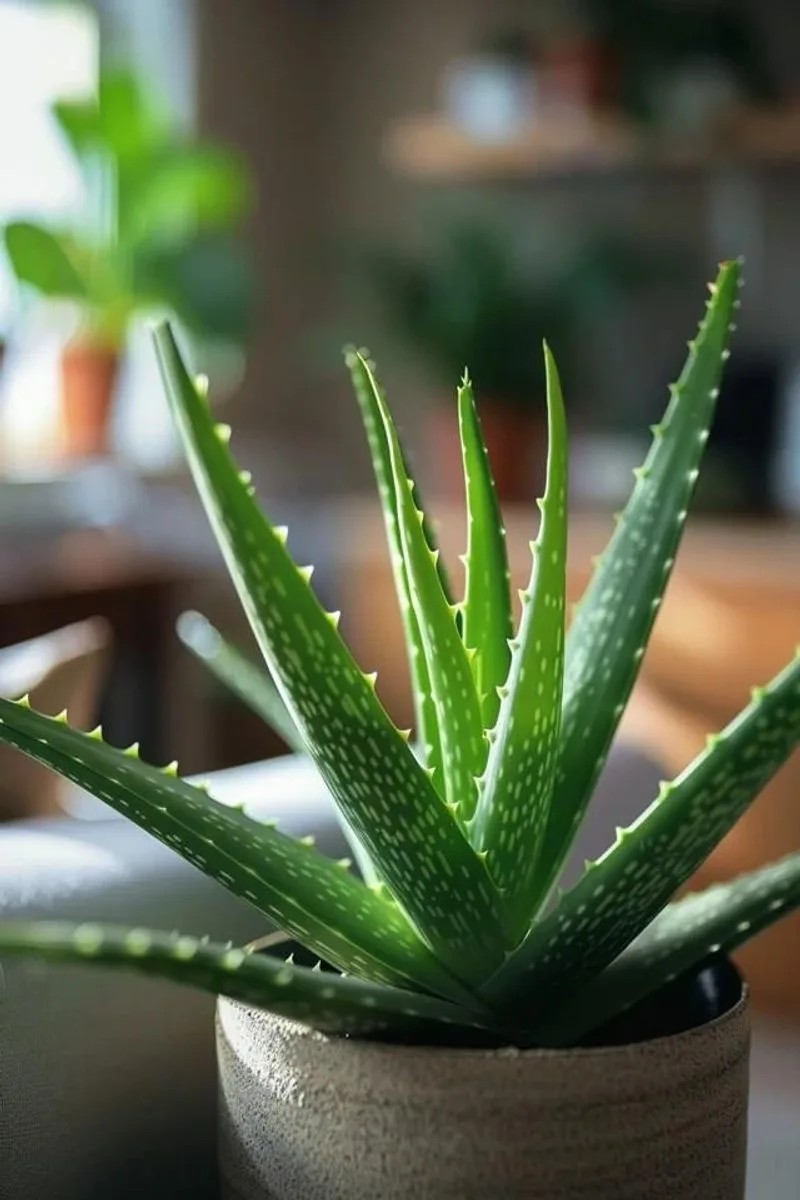
Aloe Vera is not just a plant; it’s a healing companion. Known for its succulent leaves filled with soothing gel, it requires less water than most. Preferring a dry environment, it’s vital to allow soil to completely dry out between waterings.
Overwatering is its nemesis, causing the roots to rot and leaves to turn mushy. During winter, it requires even less water, adapting to the seasonal change.
This resilient plant enjoys a sunny spot and rewards you with its air-purifying quality and skin-healing properties, making it a delightful addition to any home.
Peace Lily
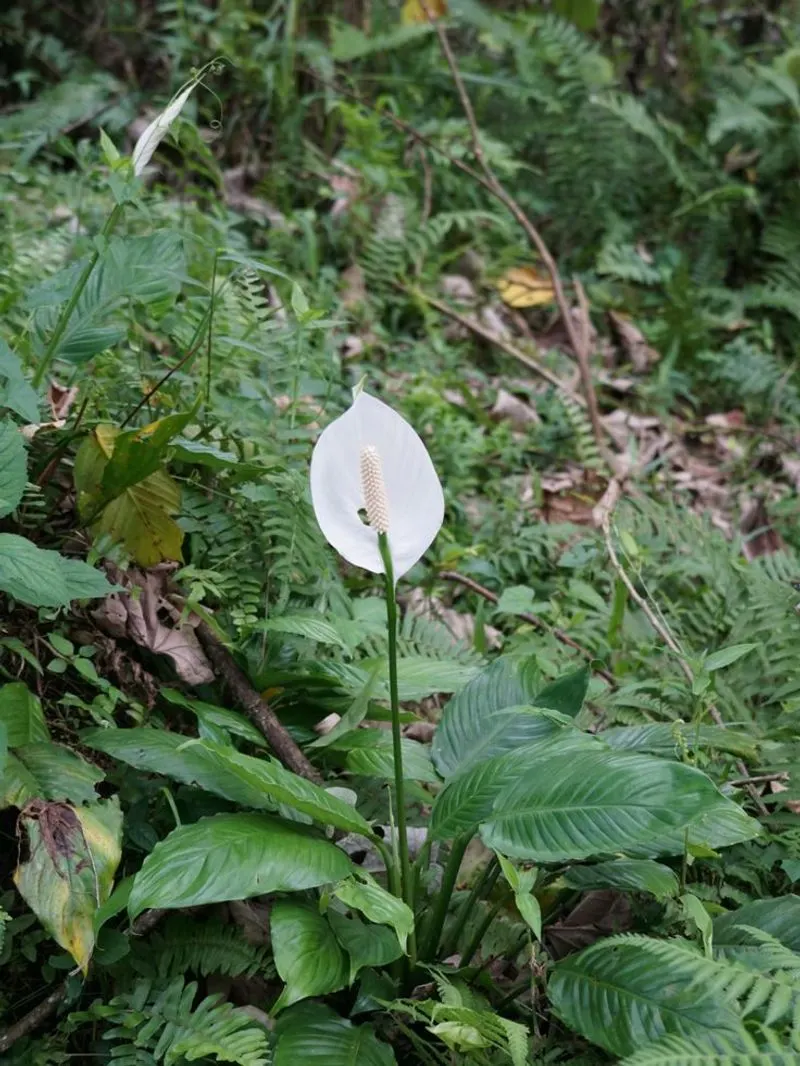
Peace Lily, with its elegant white blooms, is known for its air-purifying capabilities. Thriving in shade, it signals its need for water by drooping its leaves. Yet, it recovers quickly with a good drink.
It prefers evenly moist soil but can suffer from root rot if overwatered. Allowing the surface soil to dry a bit before watering again is beneficial.
Being mindful of this plant’s subtle cues can enhance its beauty and lifespan, keeping it a serene presence in any indoor space.
Orchid
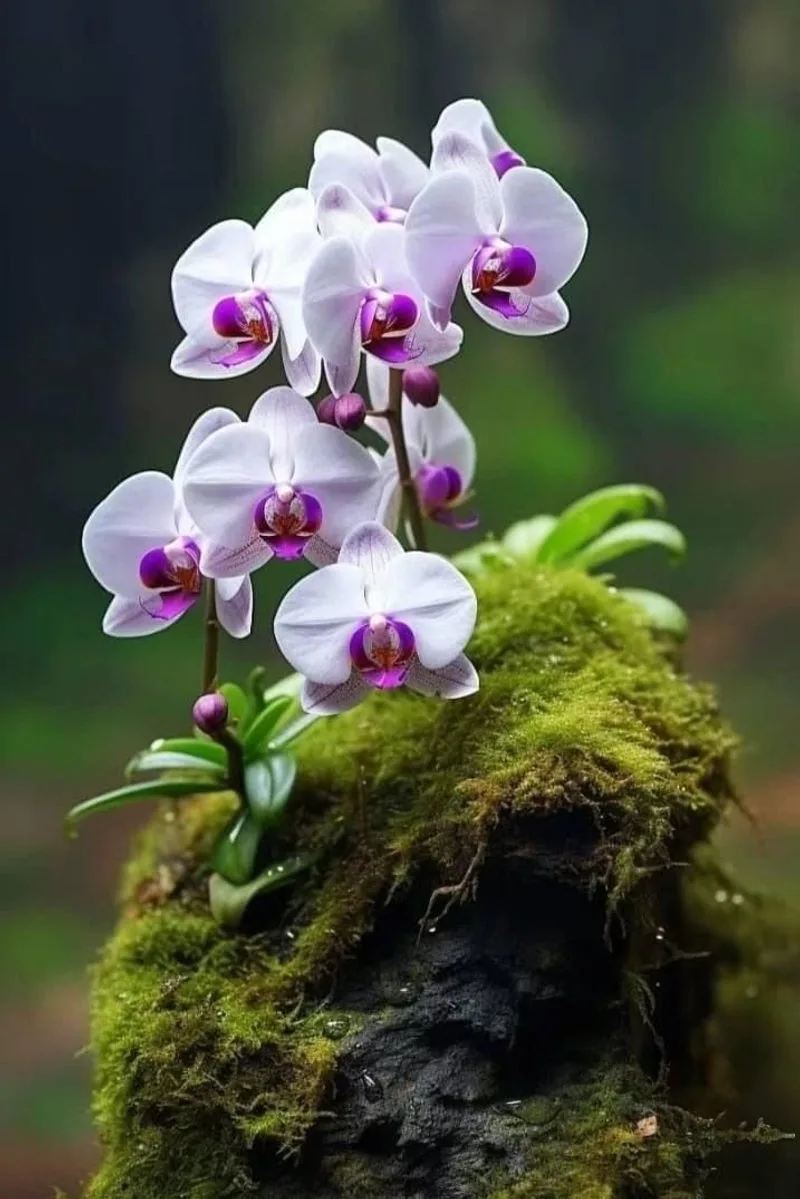
Orchids are the divas of the plant world, known for their stunning blooms and precise care needs. They require a unique watering approach, often thriving with a “soak and dry” method.
Submerge the roots in water briefly, then allow them to dry thoroughly. Mistaking them for typical houseplants can lead to overwatering and decay.
Position them in indirect sunlight and maintain humidity for best results. With the right care, Orchids reward you with breathtaking flowers that can last for weeks.
A symbol of luxury and beauty, they make any space feel extraordinary.
Dumb Cane (Dieffenbachia)
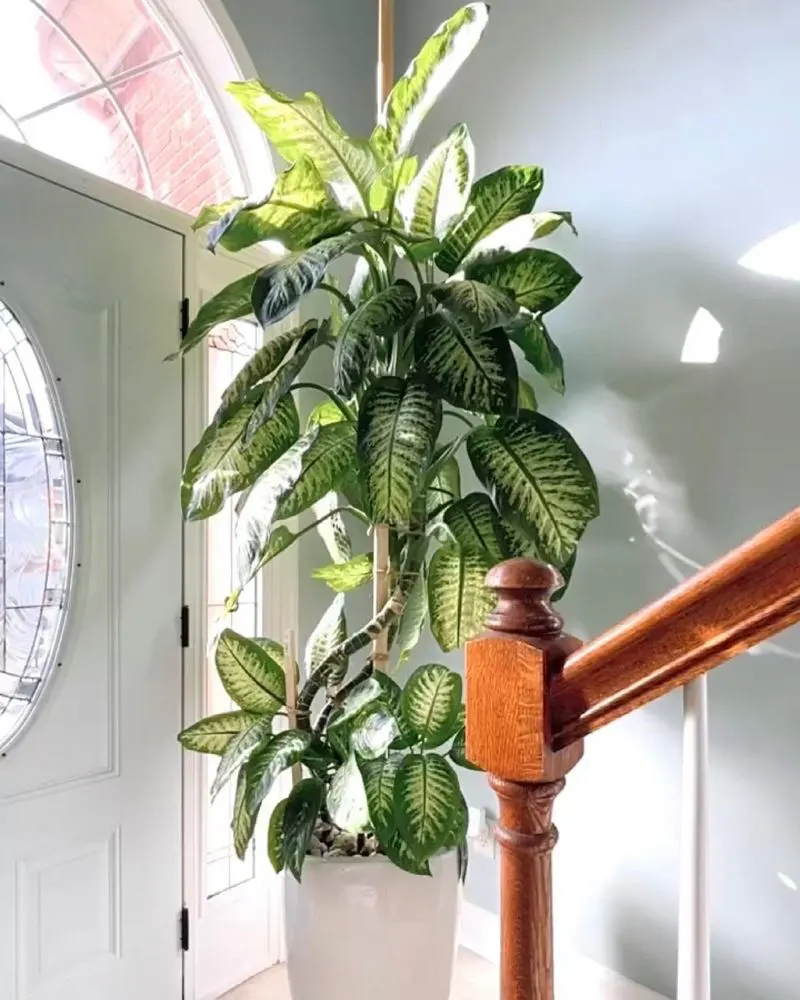
Dumb Cane is appreciated for its striking foliage, featuring patterns of green and cream. It’s a low-maintenance plant, but its watering needs are specific.
Too much moisture can lead to drooping leaves and stem rot, while slight dryness is more forgiving. Water when the soil surface feels dry to touch, avoiding waterlogging.
Its air-purifying attributes are a bonus in homes and offices. Though easygoing, understanding its watering needs ensures vibrant leaves and healthy growth, enhancing any interior.
Snake Plant (Sansevieria)
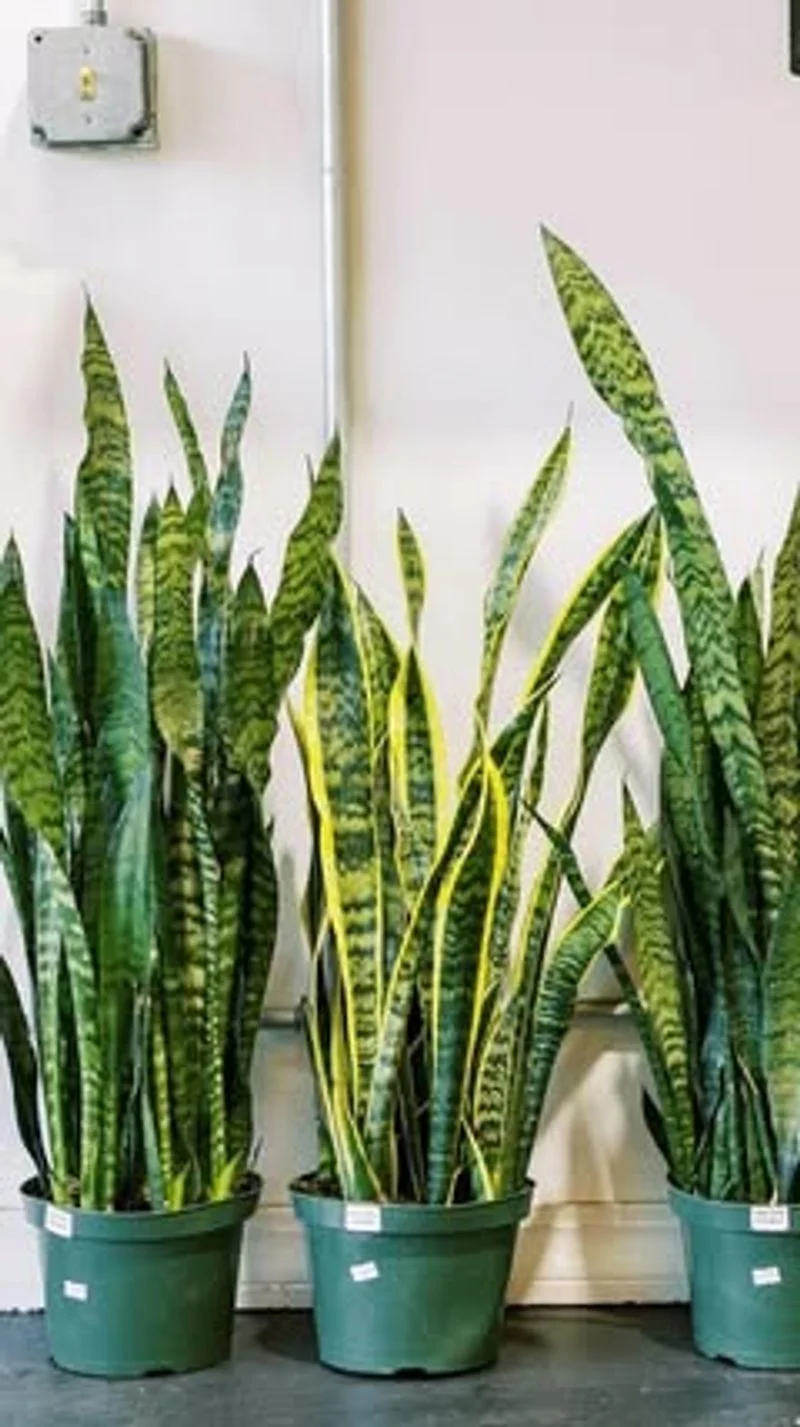
Snake Plant, also known as Mother-in-law’s Tongue, boasts architectural beauty and resilience. This plant is known for tolerating neglect, thriving with occasional watering.
Its thick leaves store water, so overwatering is a common mistake. Allow the soil to dry out completely between waterings, especially during cooler months.
Placed in various lighting conditions, it purifies indoor air efficiently. This hardy plant is ideal for busy individuals and forgetful gardeners, adding a touch of elegance to any space.
Spider Plant (Chlorophytum comosum)
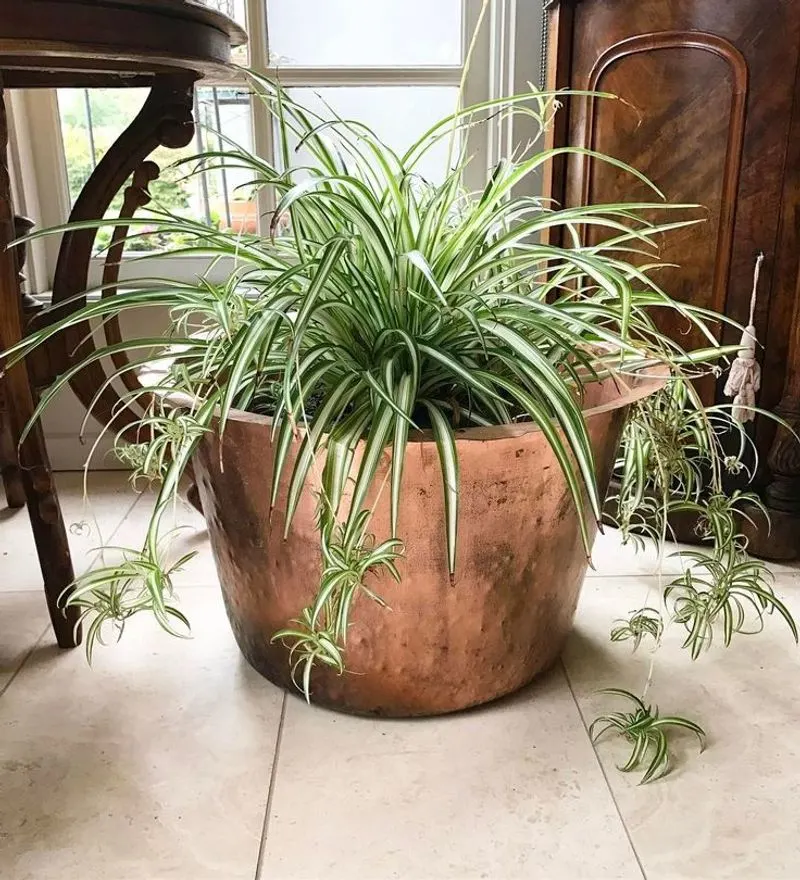
Known for its arching leaves and spider-like offshoots, the Spider Plant is a popular choice for its easy care. Yet, it thrives best with a balanced watering routine.
Overwatering can cause root rot, while allowing soil to dry slightly helps maintain its vigor. It’s adaptable to various light conditions, though it favors bright, indirect light.
This plant’s ability to tolerate occasional neglect makes it a favorite for offices and homes, adding dynamic greenery without much fuss.
Bamboo Palm (Chamaedorea seifrizii)
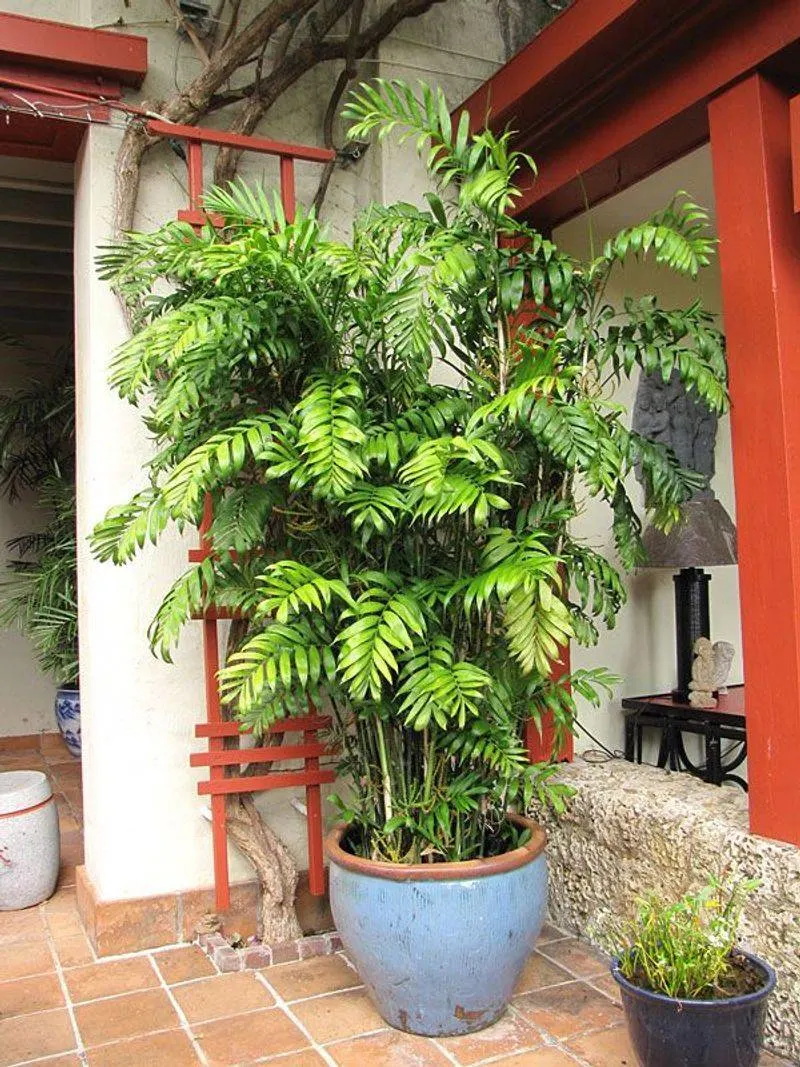
Bamboo Palm is adored for its elegant, feathery fronds and air-purifying qualities. It’s relatively easy to care for but requires mindful watering.
Consistent moisture is key, yet overwatering can lead to root issues. Let the top layer of soil dry before watering again. Preferring a spot with indirect light, it brings a tropical feel indoors.
Its graceful presence makes it a stylish addition to any home or office, thriving with just a bit of care.
Pothos (Epipremnum aureum)
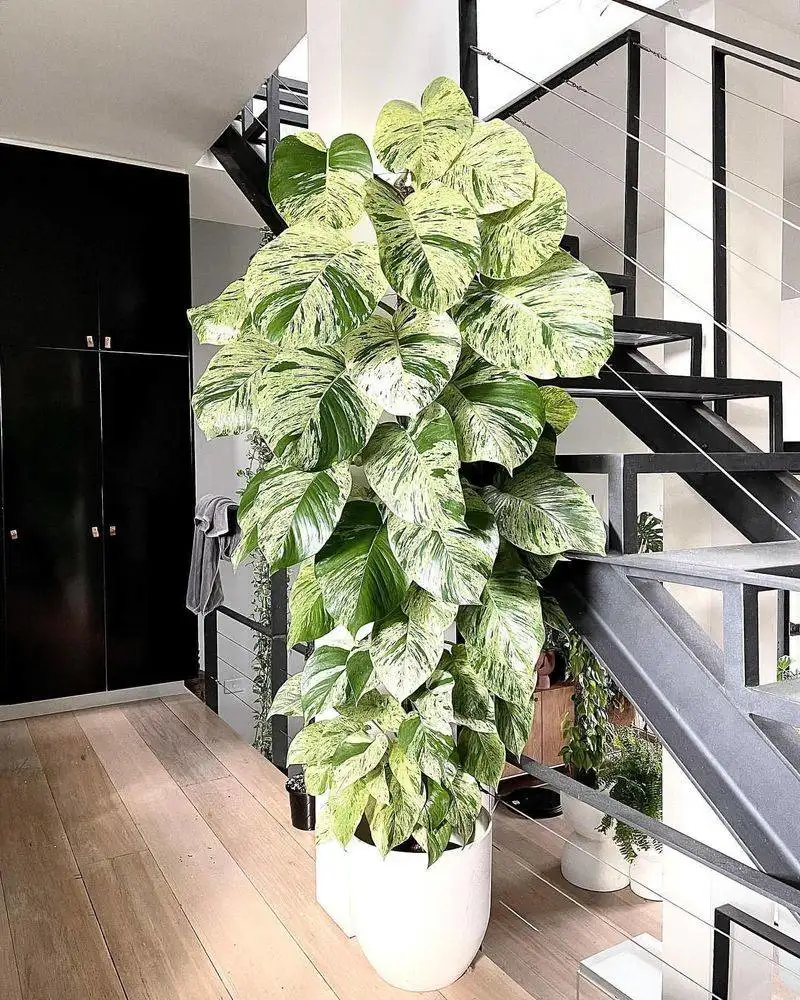
Pothos is beloved for its trailing vines and heart-shaped leaves. It’s a forgiving plant, but overwatering can still be detrimental.
Allow the soil to dry out between waterings for optimal health. This plant thrives in a variety of light conditions, from low light to bright, indirect sunlight.
Its ability to purify air and ease of care make it a staple in many homes and offices, providing a cascade of greenery with minimal effort.
Jade Plant (Crassula ovata)
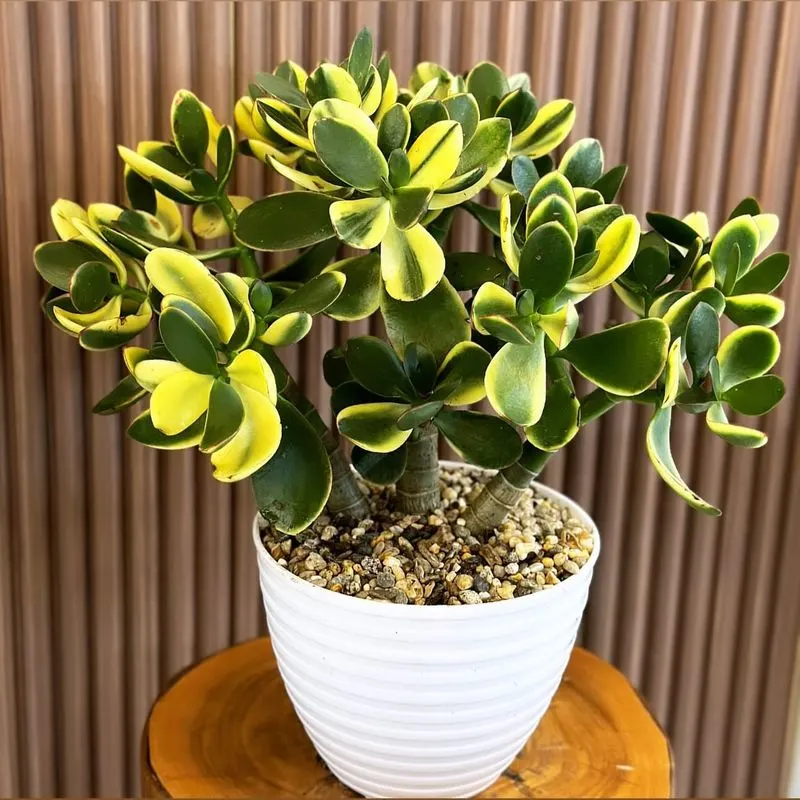
Jade Plant, often associated with prosperity, features fleshy, oval leaves and a tree-like structure. Its succulent nature means it prefers dry conditions.
Overwatering can lead to root rot, so it’s crucial to let the soil dry out between waterings. Enjoying bright light, it’s a robust addition to sunny spots.
As a symbol of good fortune, it’s a delightful companion for homes and workplaces, embodying longevity and resilience.
Cactus
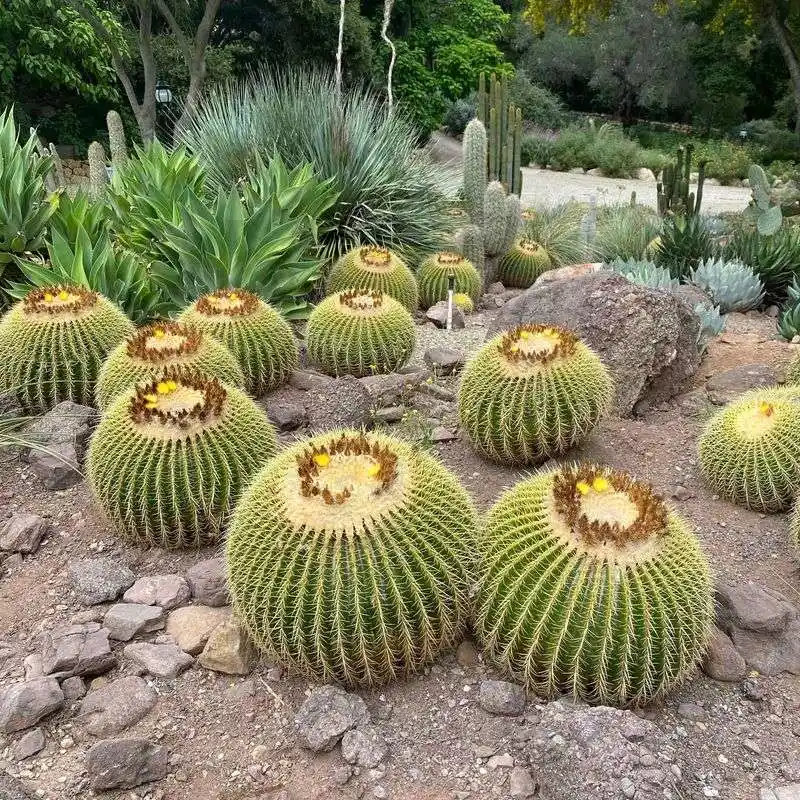
Cacti are synonymous with dry, arid environments, making their water needs unique. Their thick, waxy surfaces store water, allowing them to survive drought.
Water sparingly, ensuring soil dries out completely between sessions. In winter, even less water is required as they enter a dormant phase.
These plants thrive in bright sunlight, offering a striking visual with minimal care. Ideal for busy individuals, they bring a touch of the desert to any indoor setting.
Boston Fern (Nephrolepis exaltata)
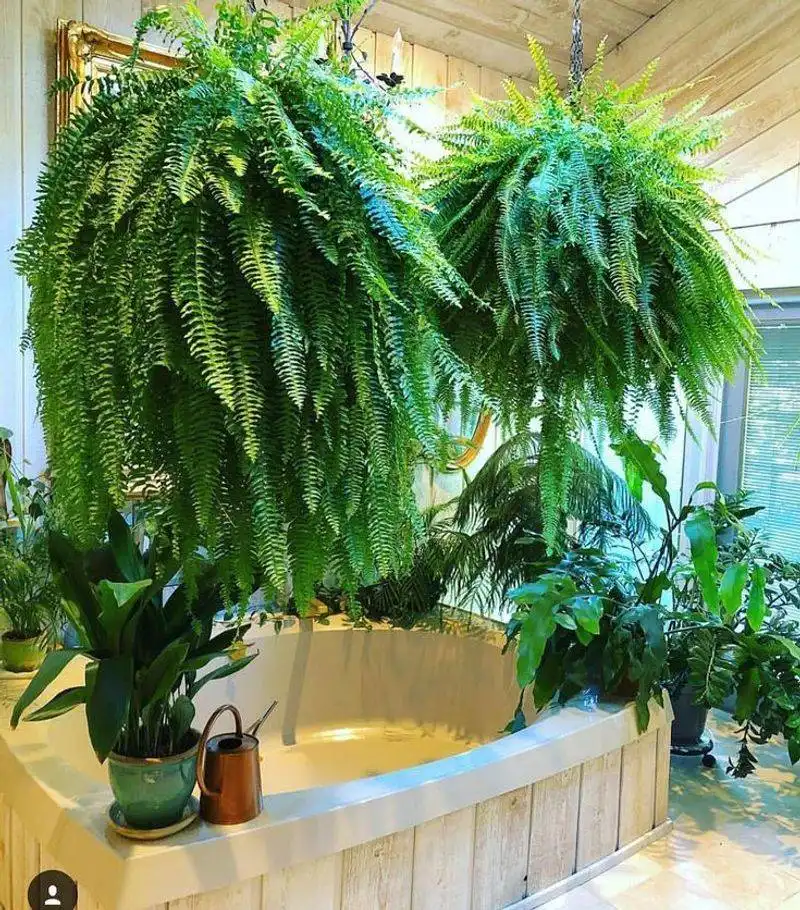
Boston Fern is prized for its graceful, feathery fronds that cascade elegantly. It demands consistent moisture and high humidity for optimal growth.
Dry air and soil can lead to browning leaves, so regular misting or a humidifier is beneficial. Position it in indirect light to keep it thriving.
Providing a touch of classic elegance, it refreshes indoor spaces and purifies air, making it a favorite for plant lovers.
ZZ Plant (Zamioculcas zamiifolia)
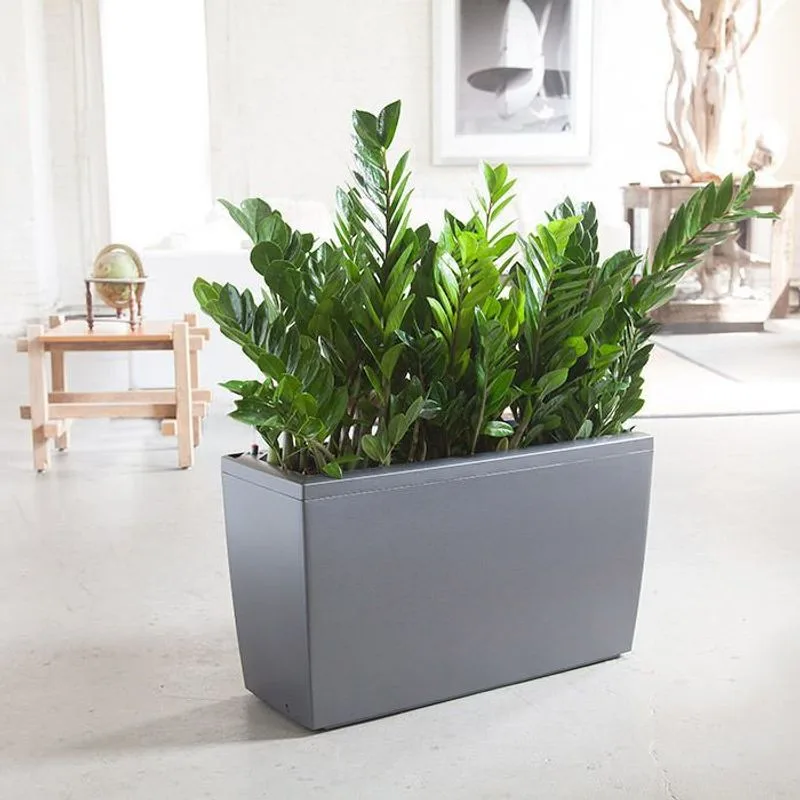
ZZ Plant is celebrated for its hardy nature and glossy foliage. It’s highly drought-tolerant, requiring less frequent watering.
Allow soil to dry completely between waterings to prevent root rot. Well-suited to low-light environments, it thrives with minimal attention.
An excellent choice for busy spaces, it offers a sleek, modern aesthetic while improving air quality. Resilience is its hallmark, making it a reliable houseplant.
Rubber Plant (Ficus elastica)
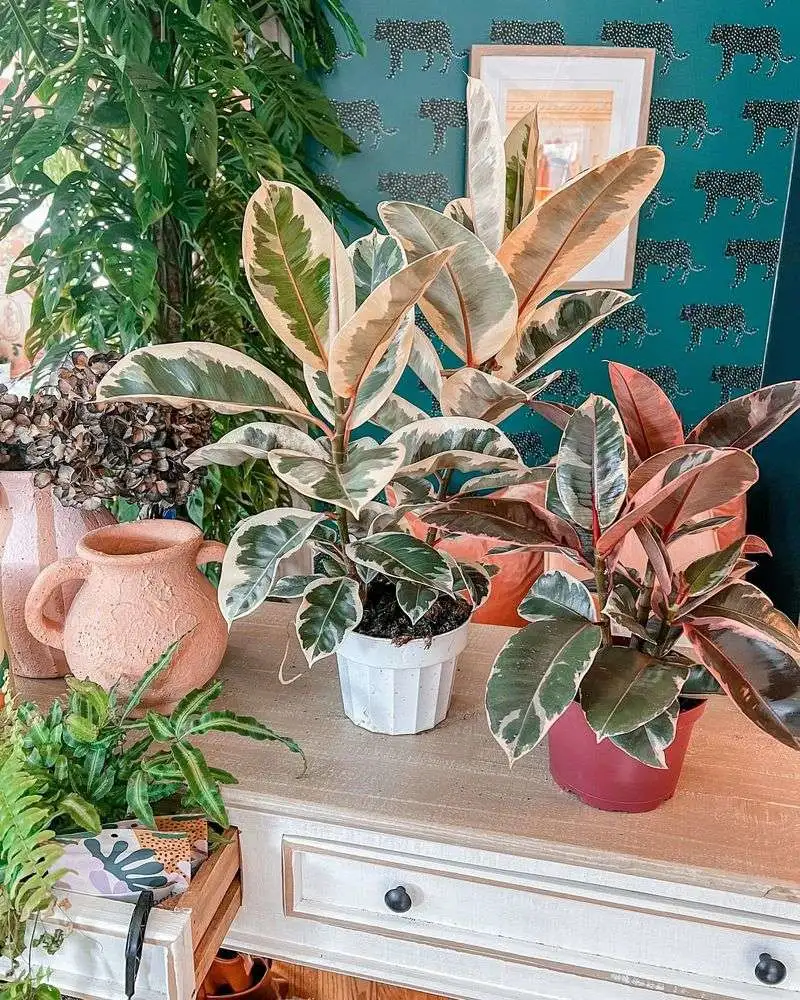
Rubber Plant is known for its broad, glossy leaves and robust growth. It prefers a consistent watering schedule, with soil kept moderately moist.
Overwatering can cause leaf drop, so it’s crucial to ensure proper drainage. Positioned in bright, indirect light, it grows vigorously, enhancing interiors with its bold presence.
For those seeking a statement plant, the Rubber Plant delivers both style and simplicity in care.
Maidenhair Fern (Adiantum)
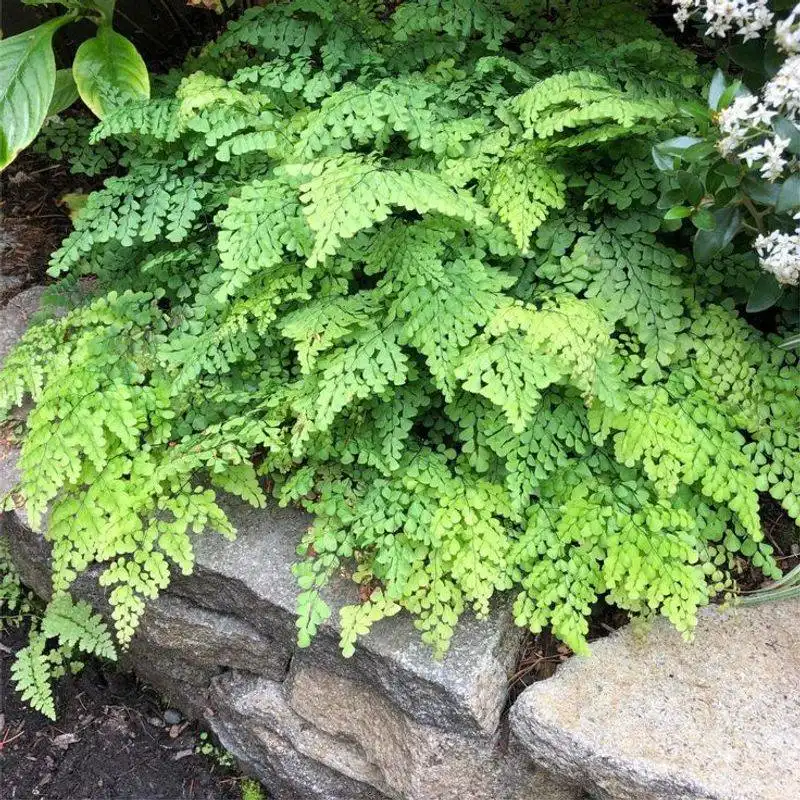
Maidenhair Fern captivates with its light, feathery fronds resembling a maiden’s hair. It demands high humidity and consistent moisture.
Dry environments can quickly cause fronds to wilt, so regular misting or a pebble tray is recommended. Keep in a shaded area to prevent scorching.
Its delicate beauty adds a soft, tranquil touch to any room, though it requires attentive care to flourish.
Yucca Plant
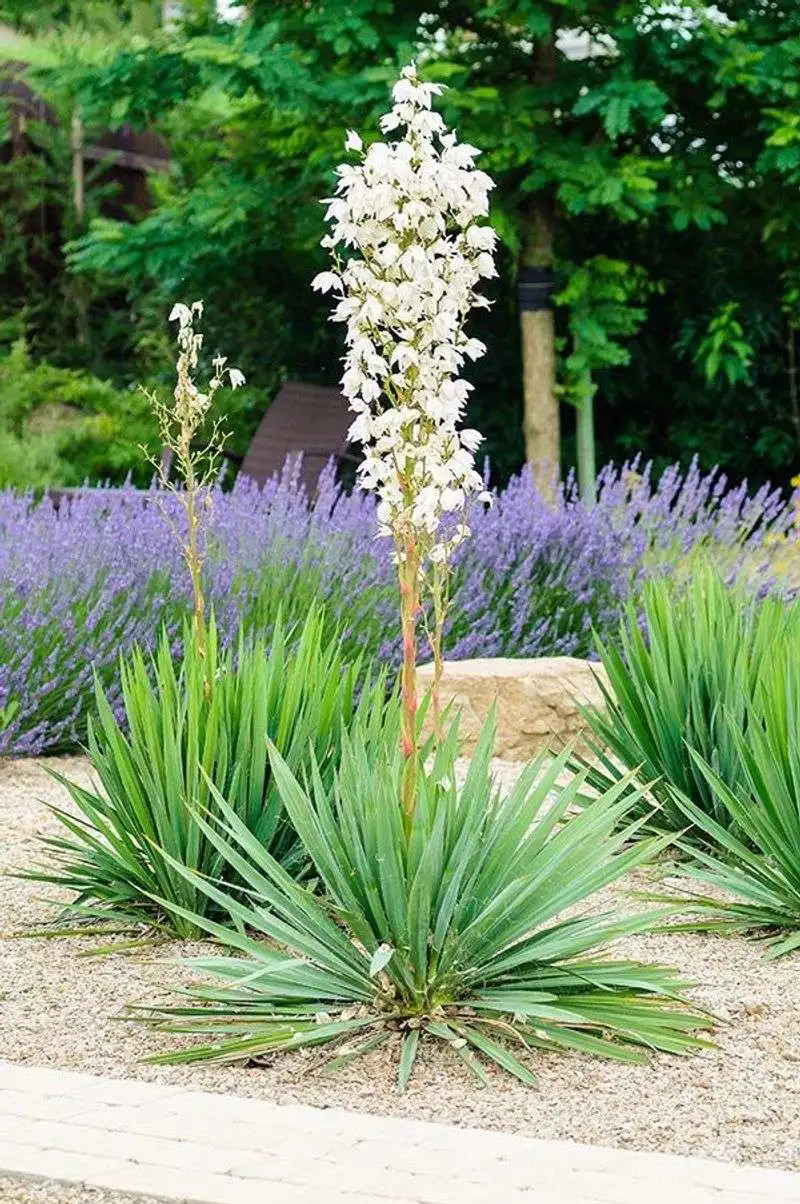
Yucca Plant stands out with its towering, sword-like leaves and robust silhouette. Ideal for bright, sunny spots, it’s a tough plant requiring minimal watering.
Overwatering is a common mistake, leading to root rot and yellow leaves. Allow soil to dry between watering to maintain its health.
Its dramatic appearance and easy maintenance make it a striking centerpiece for modern interiors.
Lucky Bamboo (Dracaena sanderiana)
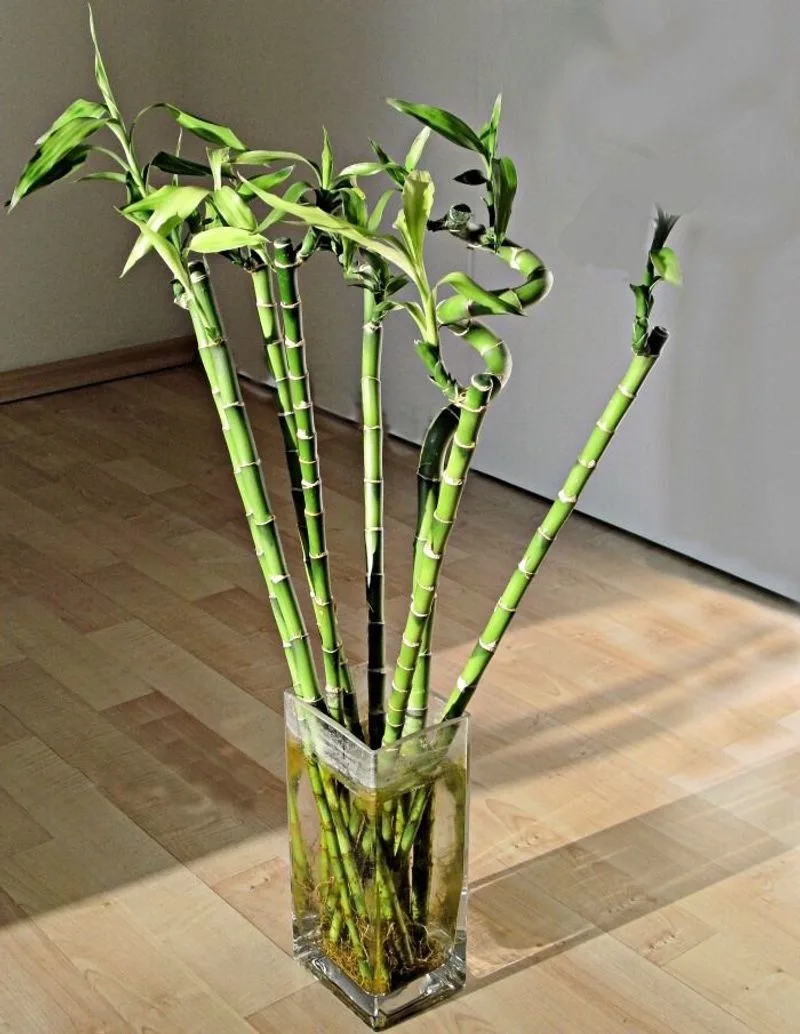
Lucky Bamboo, despite its name, isn’t bamboo at all but a type of Dracaena. It thrives in water or well-draining soil with indirect light.
Change the water weekly if grown hydroponically, and ensure pebbles stabilize the stems. It symbolizes good fortune, often used in Feng Shui.
This plant’s simplicity and elegance make it a cherished addition to homes, offering both beauty and symbolism.
Philodendron
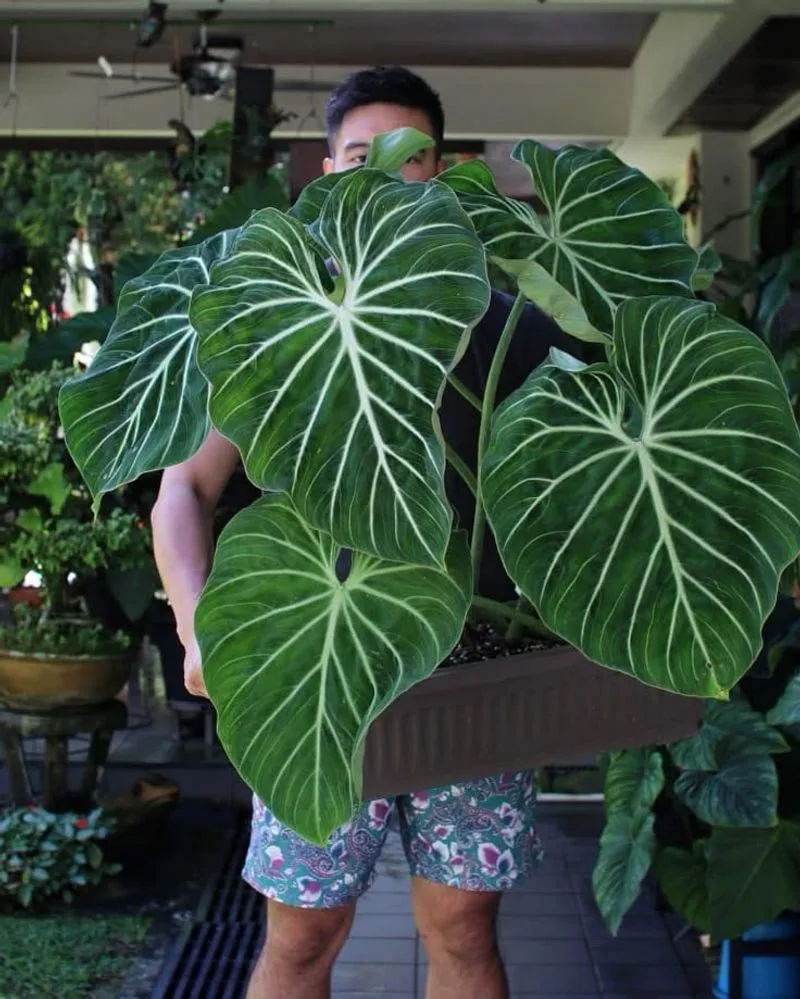
Philodendron is a versatile plant, celebrated for its trailing vines and lush, heart-shaped leaves. It’s low-maintenance but benefits from a careful watering routine.
Allowing the soil to dry slightly between waterings helps prevent overwatering issues. It thrives in various lighting conditions, adding greenery to any room effortlessly.
Its adaptability and beauty make it a common choice for plant enthusiasts and novices alike, offering vibrant foliage with minimal fuss.
Croton
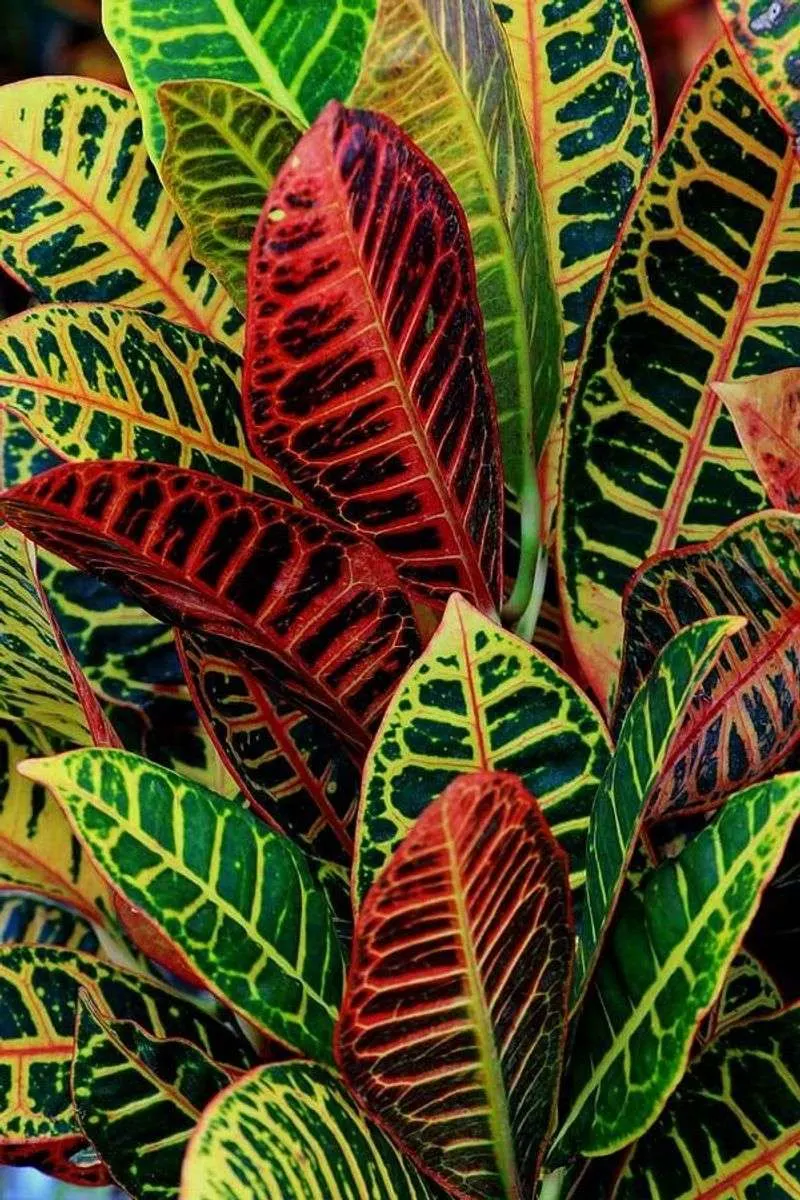
Croton stands as a kaleidoscope of colors with its striking, variegated leaves. It craves bright light and high humidity to maintain its vivid hues.
Consistent moisture is needed, but overwatering can cause root problems. Allow the top layer of soil to dry before rehydrating.
Offering a splash of color, Croton is perfect for those wanting to energize their space with minimal care. It brings vibrancy and charm indoors.

